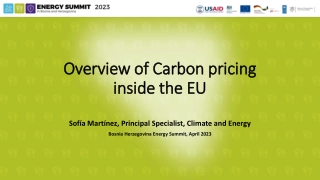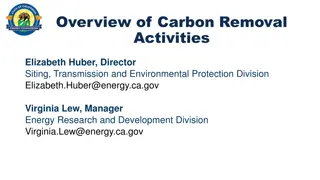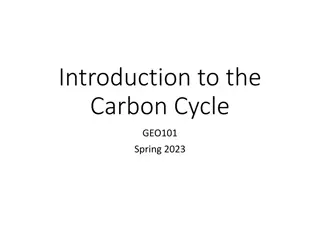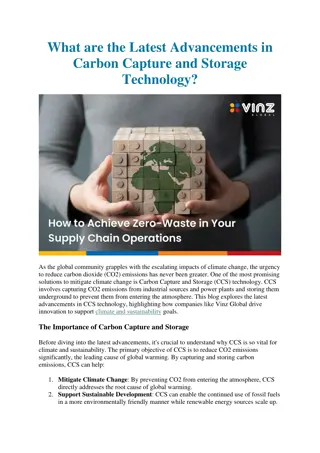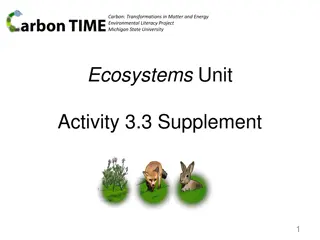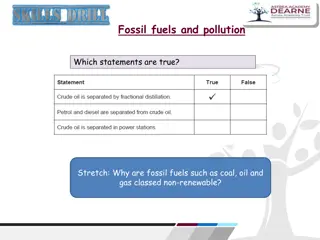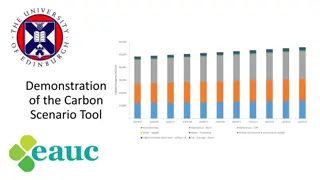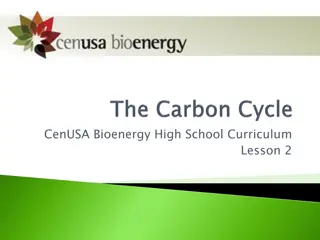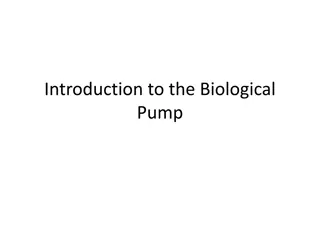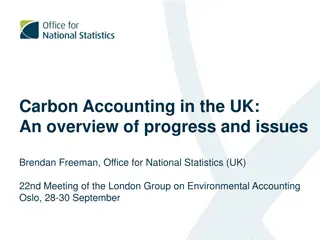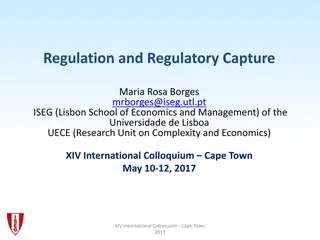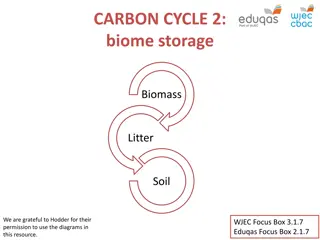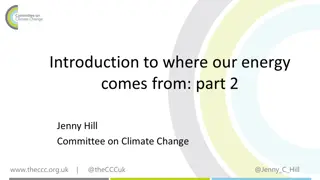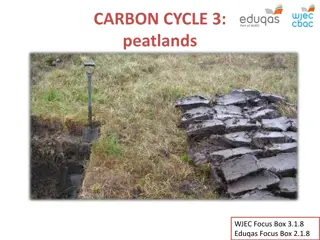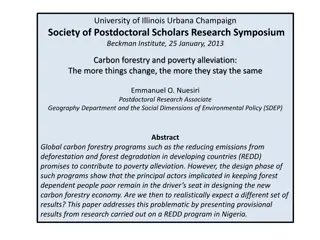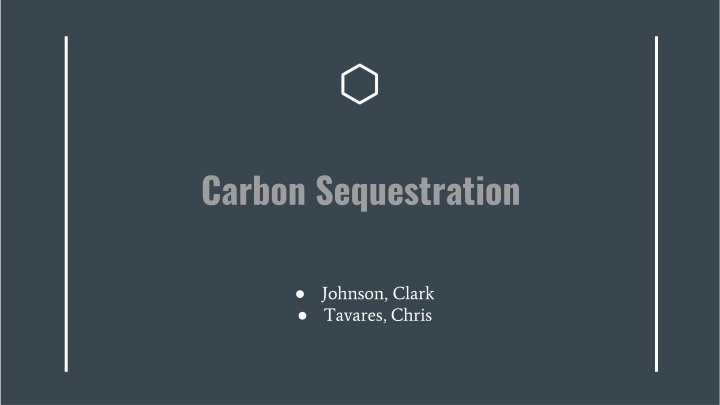
Innovative Methods for Carbon Capture and Storage
Discover the chief methods of CO2 capture and storage, including post-combustion capture, oxy-fuel combustion capture, pre-combustion capture, and more. Learn about the pathways of CO2 capture and storage, such as separation with sorbents/solvents and membranes. Explore how industries are striving to reduce carbon emissions through advanced technologies.
Download Presentation

Please find below an Image/Link to download the presentation.
The content on the website is provided AS IS for your information and personal use only. It may not be sold, licensed, or shared on other websites without obtaining consent from the author. If you encounter any issues during the download, it is possible that the publisher has removed the file from their server.
You are allowed to download the files provided on this website for personal or commercial use, subject to the condition that they are used lawfully. All files are the property of their respective owners.
The content on the website is provided AS IS for your information and personal use only. It may not be sold, licensed, or shared on other websites without obtaining consent from the author.
E N D
Presentation Transcript
Carbon Sequestration Johnson, Clark Tavares, Chris
CO2 as a Byproduct Carbon dioxide is a byproduct of many industrial production lines including Natural gas Production Steel Production Cement Production Ammonia Production Energy Production Food/Alcohol Production (fermentation) Is emitted through at multiple stages of production.
Chief Methods of CO2Capture and Storage Post Combustion Capture Oxy-Fuel Combustion Capture Pre-combustion Capture Separation with Sorbents/Solvents Separation with Membranes Distillation of a Liquified Gas Stream and refrigerated separation
Post Combustion Capture Employed by most power plants in the United States in some fashion Separates flue gases after combustion and before they are released into the ambient air
Oxy-fuel Combustion Capture Using pure oxygen for combustion rather than ambient air Creates water and CO2 which is readily captured
Pre-Combustion Capture Using a catalytic reactor to separate fuel components before combustion, creating low carbon or carbon free fuel (more hydrogen rich)
Separation with Sorbents/Solvents Passing CO2 over a liquid absorbent or solid sorbent where the CO2 laden material is removed and then heated to release the CO2to be captured and removed
Separation with Membranes Passing high pressure gas streams through a membrane (ceramic, metallic, etc.) which selectively allows certain gases to permeate (H2, O2) while disallowing others (CO2)
Distillation of a Liquified Gas Stream and Refrigerated Separation Using compression, cooling, and expansion air can be liquified and separated in a distillation column. Wheen refrigerated CO2 can be removed and stored.
Associated Costs These methods are estimated to add about $0.03 per kWh (on the low end) to electric production. Average U.S. house uses 1,000 kWh/month which equates to $30/month added to electric bills
Cost Increases Current CO2 capture systems reduce CO2 emissions per kilowatt-hour by approximately 85-90% The cost of electricity production attributed to CO2capture increases 35-70% for a natural gas combined cycle plant 40-85% for a new pulverized coal plant 20-55% for an integrated gasification combined cycle plant COE for fossil fuel plants with capture ranges from 43-86 US$ MWh- 1, Compared to 31-61 US$ MWh-1 for similar plants without capture Costs include CO2 compression but not transport and storage costs


